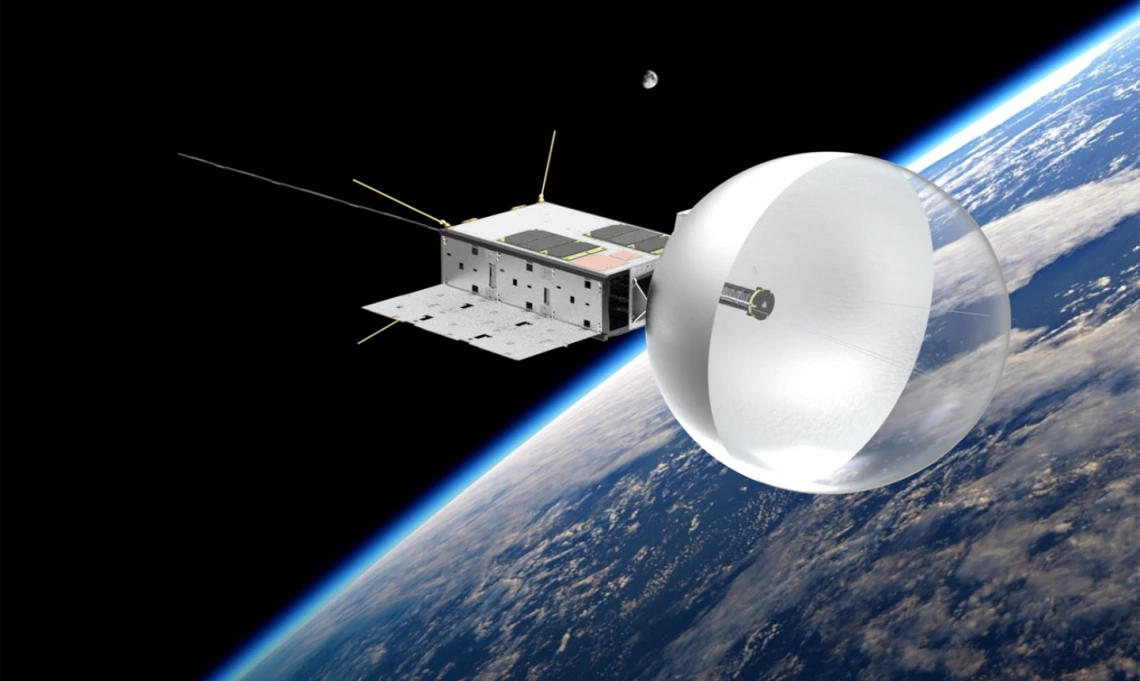Student-built CatSAT satellite sends first signals since launch
The student-built satellite sends its first round of data back to Tucson.

CatSat will orbit Earth about every 95 minutes for the next year, studying radio transmission in the ionosphere and testing an ultralight inflatable antenna. Image: Aman Chandra/FreeFall Aerospace
Shae Henley breathed a sigh of relief when technicians loaded the NASA-funded, student-built CatSat onto the commercial Firefly Aerospace Alpha rocket on June 29 for its ride into low-earth orbit.
The mission was part of NASA's CubeSat Launch Initiative to foster growth in the small-sat industry. The University of Arizona's tech spinoff FreeFall Aerospace and Tucson-based Rincon Research partnered on the project.
"It has been the most helpful thing at the university," said Henley, an aerospace engineering master's student who has worked on the satellite since her first year as an undergraduate at UA. "Classes give you a solid math and physics background but not necessarily hands-on experience."
As Henley watched the rocket's plume across the sky above the UA mall following its two-days-delayed launch on July 3, she and the dozen or so undergraduate and graduate students who built CatSat over four years ago had no way of knowing the wait still was not over.
"We didn't hear anything for a long time," Aman Chandra, the project's lead mechanical engineer who designed and built the satellite's inflatable antenna while earning his PhD at the university, told the Arizona Daily Star.
Finally, as the sun dipped below the horizon on July 15, the team began receiving telemetry data, and Firefly confirmed the satellite's deployment.
It was like it had suddenly risen from the dead, said Chandra.
Follow the CatSAT satellite and its findings.
